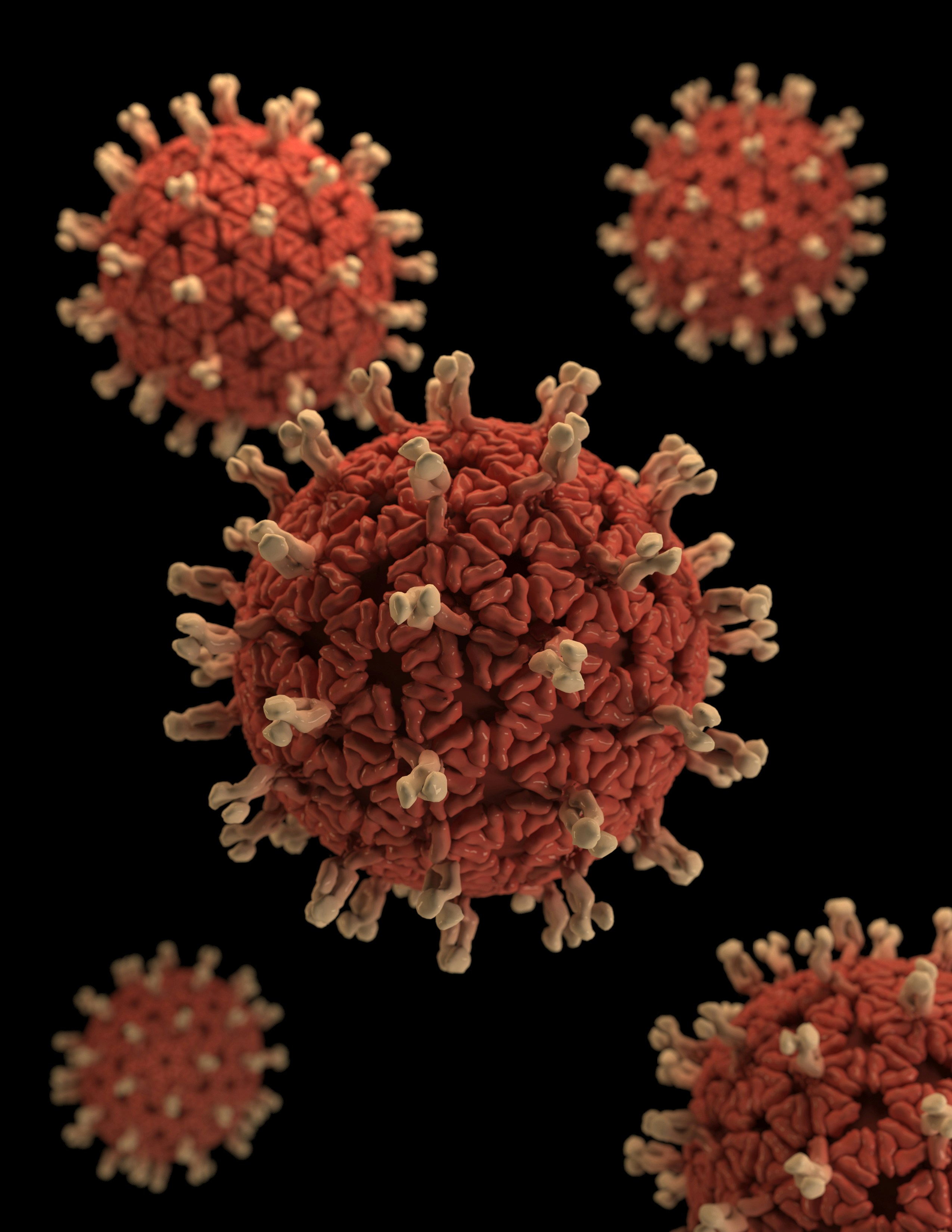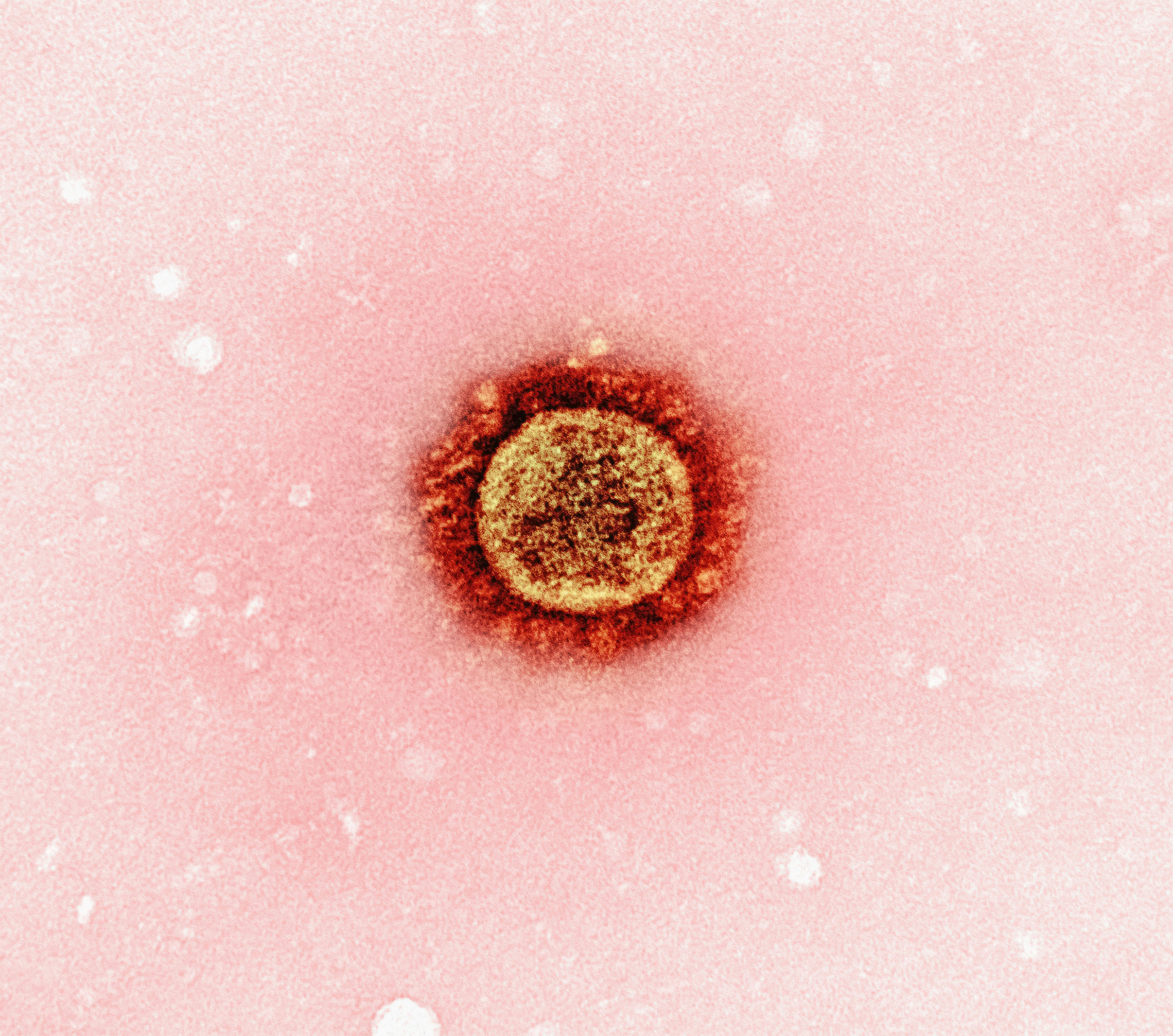


STIs (sexually transmitted infections) are infections that are primarily passed from person to person through sex —
whether vaginal, anal, or oral. They can be caused by viruses (like HIV, Herpes, and HPV), bacteria (like Chlamydia,
Gonorrhea, and Syphilis), or parasites (like Trichomoniasis).
Some STIs show symptoms such as sores, itching, unusual discharge, or pain when urinating — but many have no symptoms
at all, which means you can pass them on without realizing it. If left untreated, STIs can lead to health complications,
including infertility, chronic pain, and an increased risk of acquiring HIV.
If you’re worried you may have an STI — whether you’re experiencing symptoms or you’ve had sex without a condom — it's a good idea to get tested. Getting tested is a simple and quick way to know your status and to get treated promptly if you do have an infection.
Genital sores — sores, blisters, ulcers, or lumps — can be a sign of sexually transmitted infections (STIs), but there are non-STI causes as well.
Herpes typically causes painful blisters or sores on the genitals. It’s a lifelong viral infection, but medication can help control outbreaks.
Syphilis starts with a single, firm, round, and typically painless ulcer called a chancre. It’s a bacterial STI that can be treated with antibiotics if caught early.
This symptom — especially in people with a vagina — can be a sign of a sexually transmitted infection spreading upward into the pelvic area (PID — Pelvic Inflammatory Disease).
Often called a “silent” infection because many people have no symptoms at first. But if it develops into PID, it can cause lower abdominal pain, abnormal vaginal discharge, painful sex, and fever.
Gonorrhea may present with lower abdominal pain, painful urination, pus-like vaginal or penile discharge, and heavy periods or spotting between periods. It can also progress to PID if left untreated.

Genital discharge — a change in color, smell, amount, or consistency — can be a sign of an sexually transmitted infection (STI) or a non-STI condition.
Usually thin, clear, or milky and may be accompanied by painful urination. Often shows no symptoms in many people.
Discharge is typically yellowish or greenish, thick, and may be alongside painful urination.
Discharge may be frothy, yellow-green, and have a strong, unpleasant smell. It’s often associated with itching and discomfort.
It’s recommended to give birth in a health care facility where specialized care is available if complications arise.
HPV is a common sexually transmitted infection — in fact, most sexually active people will get it at some point in their lives. There are more than 100 types of HPV, and while many resolve on their own without causing health problems, some can lead to genital warts or certain cancers (such as cervical, penile, or anal cancer).
HPV is spread through skin-to-skin contact during sex, including vaginal, anal, and oral sex. It can be passed on even if someone shows no symptoms.
Genital warts are small lumps or growths that appear in the genital or anal area.
Make sure you’re calm and collected, and allow for an honest, non-judgmental conversation.
Say something like: “I recently got tested and found out I have [STI]. I wanted to let you know so we can both get tested and treated if we need to.”
Let them know it’s common and treatable, and you’re there to help navigate it together.
Telling your sex partners lets them get treated promptly and avoid complications or spreading it further.
Don’t blame or shame — STIs are a health issue, not a reflection of character.
See a health professional to find out if you have it, and start treatment if necessary.
Don’t be afraid to learn more — this can help you make informed decisions about your health and relationships.
Talk openly with your partner about prevention, treatment, and protective measures (like condoms) to keep both of you healthy in the future.